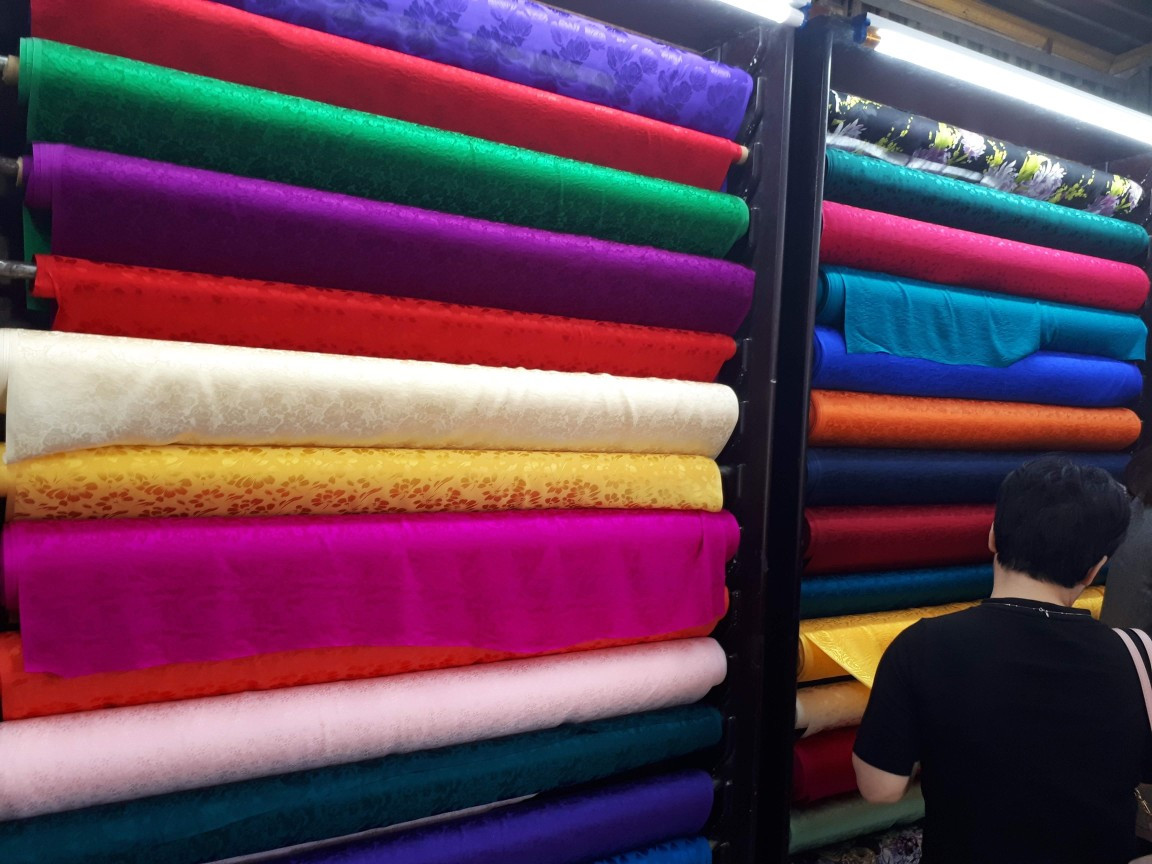
Garmex Sai Gon late last week sent a document to the HCM City Stock Exchange (HOSE), providing information about its business results.
The garment producer said to try to maintain its garment factories, the situation will become even worse. The company has continued to cut its workforce and suspended production to minimize losses.
Garmex Sai Gon is a big garment company located in Go Vap district in HCM City with around 4,000 workers in 2017-2021.
The number of workers dropped dramatically in the second half of 2021 to 2,000 in the second half of 2022. By the end of September 2023, the figure had plunged to 37.
The company said it would continue practicing thrift to cut costs and will not recruit workers again for the core business field in the immediate time. It is still unclear if it will recover its operations in the garment sector in the future if the market conditions become more favorable.
Garmex Sai Gon said it will optimize its resources and seek to transfer unused assets, and diversify its business fields to minimize risks. The garment producer has invested in a housing project developed by Phu My JSC which covers an area of 1.5 hectares.
The company has stopped its textile and garment activities and may not return in the future. The enterprise is seeking opportunities in the real estate sector.
However, despite bad news, GMC share prices increased sharply in the last three trading sessions, from VND7,200 per share to VND7,840.
In the third quarter, Garmex Sai Gon saw revenue tumble by 99 percent compared with the same period last year and took a loss of VND11 billion for the fifth consecutive quarter. Its revenue dropped by 97 percent in the first nine months to VND8 billion, which meant a loss of VND44 billion.
Garmex Sai Gon is facing difficulties because it cannot get orders. In the first nine months, GMC did not have revenue from its major partner Gilimex (GIL), though it collected VND224 billion from GIL the same period last year.
Gilimex is undergoing tough days because of the shocking blow dealt by the retail giant Amazon. Gilimex no longer can receive big orders from Amazon, which is the result of a lawsuit filed by GIL against Amazon Robotics LLC.
Amazon was once a major partner of Gilimex beginning in 2014. During the Covid-19 pandemic, when e-commerce witnessed a boom, Gilimex injected tens of millions of dollars into production facilities in order to build warehouses for Amazon. It also recruited thousands more workers for factories to implement big orders it expected from Amazon. The production scale of Amazon has increased dramatically in recent years.
To gather strength to implement Amazon’s orders, Gilimex had to refuse other big clients, including IKEA and Columbia Sportswear.
According to Gilimex, during the cooperation process, Amazon broke commitments it made previously. In April and May 2022, Amazon unexpectedly lowered demand for the remaining months of 2022 and 2023 to a low level compared with previous predictions. As a result, GIL, which had expanded its production base before, has suffered a lack of production capacity and raw materials.
Analysts say that the news about Gilimex and Amazon is a typical example of heavy reliance on one customer.
Many textile and garment companies have complained about difficulties caused by the lack of orders. Vinatex, the leading textile and garment corporation in Vietnam, reported a sharp profit fall of 70 percent to VND27 billion for the third quarter in 2023.
The Vietnam Textile and Apparel Association (Vitas) predicted that the total export volume in 2023 would see a sharp fall compared to 2022 because of the Covid-19.
Vietnam is one of the major textile and garment production bases in the world. In 2022, Vietnam exported $43 billion worth of textiles and garments. It is now the third largest garment exporter in the world.
Ngoc Ha